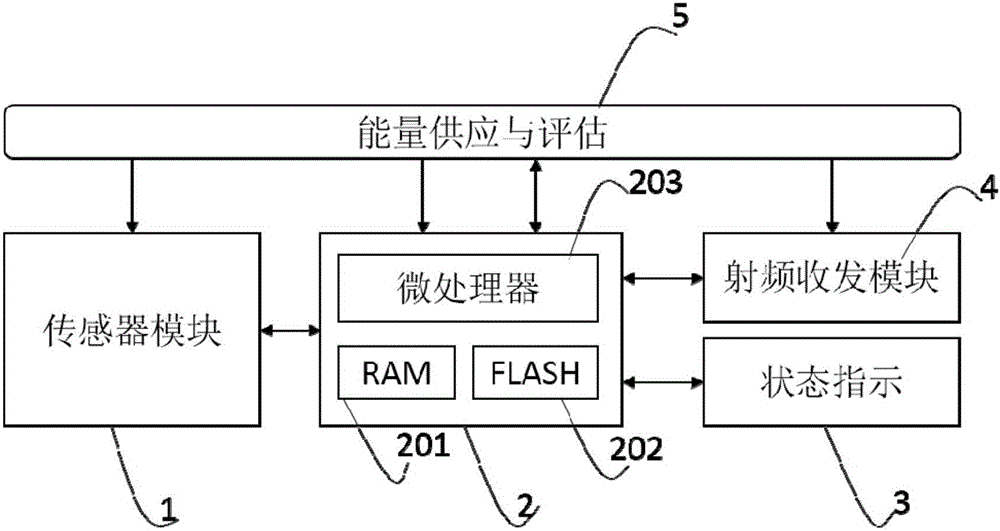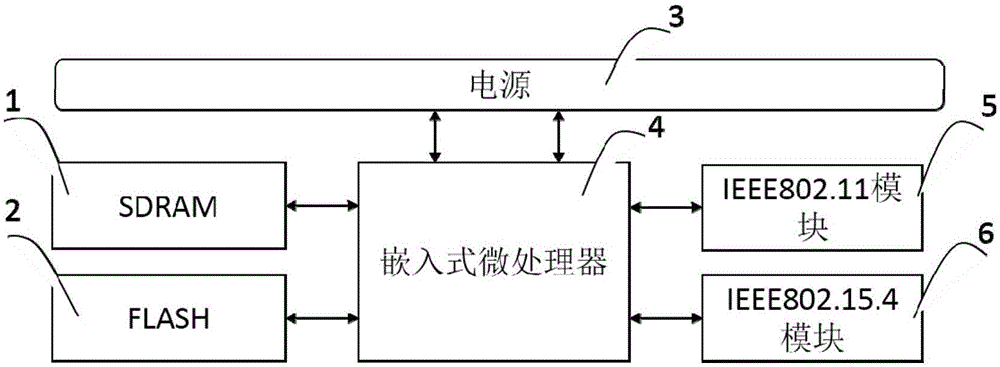Wireless sensor network based on low-power consumption lossy network routing protocol and computing method thereof
A wireless sensor and routing protocol technology, applied in wireless communication, energy consumption reduction, advanced technology, etc., can solve problems such as poor network scalability and complex application scenarios, and achieve the goal of avoiding network energy consumption, avoiding repeated transmission, and improving efficiency Effect
- Summary
- Abstract
- Description
- Claims
- Application Information
AI Technical Summary
Problems solved by technology
Method used
Image
Examples
Embodiment Construction
[0033] In order to further understand the present invention, the preferred embodiments of the present invention are described below in conjunction with examples, but it should be understood that these descriptions are only to further illustrate the features and advantages of the present invention, rather than limiting the claims of the present invention.
[0034] Such as figure 1 As shown, the sensor node is composed of a microprocessor module 2 , a radio frequency transceiver module 4 , a sensor module 1 , a status indication module 3 and an energy supply and evaluation module 5 . The sensor node is an overall computing system, and through the coordination among various modules, a certain function is completed together. The core computing unit of the wireless sensor node is the microprocessor module 2, which directly controls the operation of the whole node. The radio frequency transceiver module 4 is used for wireless communication between wireless sensor nodes. The sensin...
PUM
 Login to View More
Login to View More Abstract
Description
Claims
Application Information
 Login to View More
Login to View More - R&D
- Intellectual Property
- Life Sciences
- Materials
- Tech Scout
- Unparalleled Data Quality
- Higher Quality Content
- 60% Fewer Hallucinations
Browse by: Latest US Patents, China's latest patents, Technical Efficacy Thesaurus, Application Domain, Technology Topic, Popular Technical Reports.
© 2025 PatSnap. All rights reserved.Legal|Privacy policy|Modern Slavery Act Transparency Statement|Sitemap|About US| Contact US: help@patsnap.com


